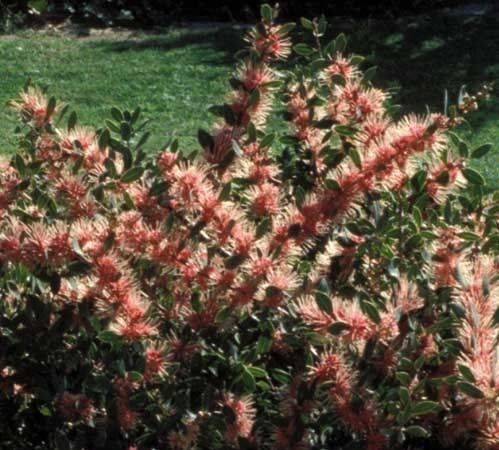Genus Hakea Rank Species | ||
Similar Hakea bucculenta, Hakea myrtoides, Hakea scoparia, Hakea laurina, Hakea orthorrhyncha | ||
Hakea petiolaris, commonly known as the sea-urchin hakea, is a shrub or small tree which is endemic to the south west of Western Australia in a range between Wongan Hills and Hyden usually associated with granite outcrops and hills.
Contents

Description

Hakea petiolaris grows as a tree or shrub up to 9 metres (30 ft) in height. The leaves have a distinctive pale-grey colour and are 5.5 to 15 cm long and 2.5 to 6 cm wide. Flowering occurs in autumn and winter (March to July), the inflorescences appearing on small branches or forks of branches. They are roughly spherical and contain 120 to 200 individual flowers. The pistils are 1.4 to 1.8 cm long and white or cream in colour. The perianth ranges from pink to purple. Flowering is followed by woody seed capsules which are 2 to 3.5 cm long and 1 to 2 cm wide. Each splits into valves and releases 2 dark brown or black winged seeds.

Response to fire is varied, with some forms resprouting from a lignotuber and others being killed and regenerating from seed.
Taxonomy
Hakea petiolaris was first described by Carl Meissner in 1845, after being collected near York by Ludwig Preiss.
It has three subspecies.
The main characteristics of the subspecies are in the flower colouring:

